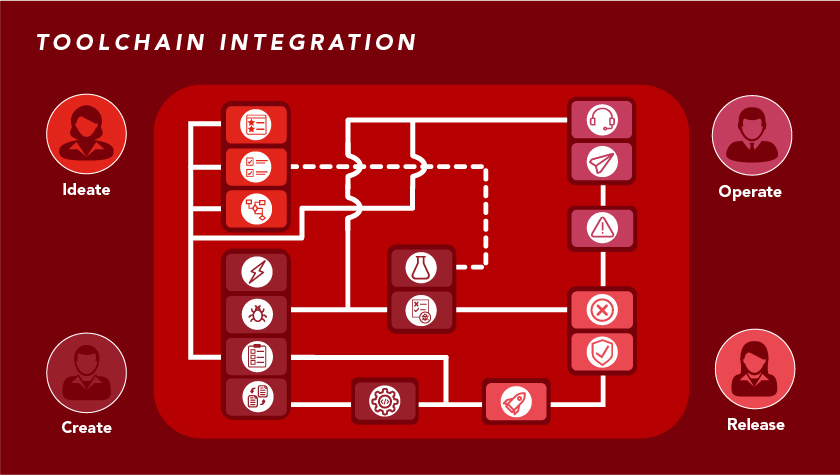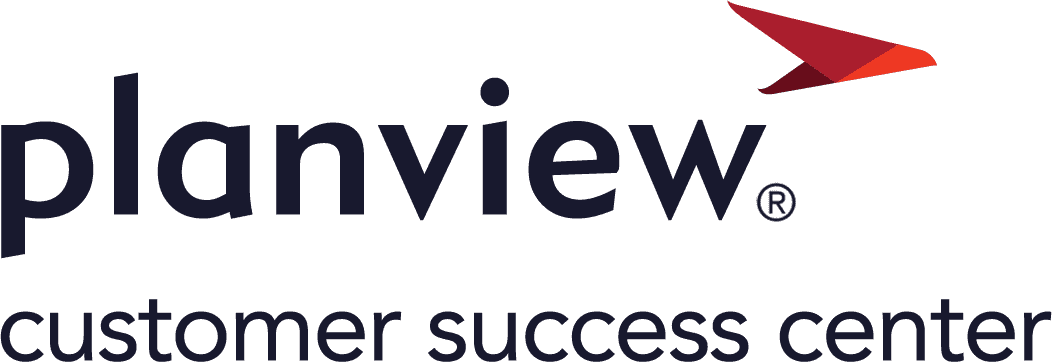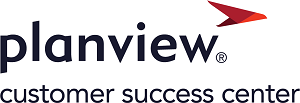Process flows
Toolchain Integration Implementation

The Planview Hub toolchain integration capability supports 60+ no-code connectors to integrate every phase of the software development lifecycle for seamless end-to-end flow and traceability. Implementing toolchain integration allows you to improve collaboration between different roles, eliminate manual and duplicate data entry, reduce time to value delivery, and generate meaningful Flow Metrics to inform decision-making and enhance your overall software development processes.
Best Practices
Streamline integration with models
Using an out-of-the-box Hub model for your data flow configuration can significantly reduce the complexity and upfront planning needed to define your fields and artifacts. Mapping collections to the same model allows you to easily add new repositories or projects to your integration landscape for scalability. Models can also be copied and modified for different integration scenarios, allowing for customization and flexibility.
Optimize the flow of data
Define your flow specifications with the efficient flow of data in mind. By focusing on critical information, minimizing endpoints, and reducing data volume, you can optimize your integration performance, responsiveness, data consistency, and overall system efficiency. This streamlines the integration process and ensures the right data is available where and when it’s needed, without unnecessary overhead or complexity.
Jump-start integration with templates
Templates accelerate integration by bundling flow specification elements and providing a structured and customizable framework for integrating different repositories and artifacts. By selecting a template, you define the integration style and canvas layout, which influences other configuration options such as artifact flow directionality, field flow directionality, and routing directionality. As a result, integrating your collections becomes a seamless and efficient process.
Future-proof your design
When designing your data flow configuration, consider factors like ease of use, scalability, and flexibility to accommodate future changes. Ensure your integration design and architecture can accommodate an increasing number of artifacts, repositories, and projects; using models can help with scalability and uniformity. By defining consistent mapping and transformation rules that allow accurate and essential data flow between systems, you can adapt to changes in your data models and ensure seamless integration as your needs evolve.
Test and validate
Conduct end-to-end testing of your integration before deploying it to production. Verify the integration supports the desired workflows and automations by testing its behavior under various load conditions. Measure response times, data transfer rates, and resource utilization to identify any bottlenecks or performance issues, then iterate and refine the integration design, configuration, and logic as necessary.
Collaborate with Flow experts and community
Engage with Planview Flow Advisors and the Flow Framework Community to gain insights, share knowledge, troubleshoot issues, and exchange best practices. Collaborating with experts and other users can help you accelerate your adoption, reduce your learning curve, navigate complex or custom integration scenarios, and make informed decisions that optimize your integration.


